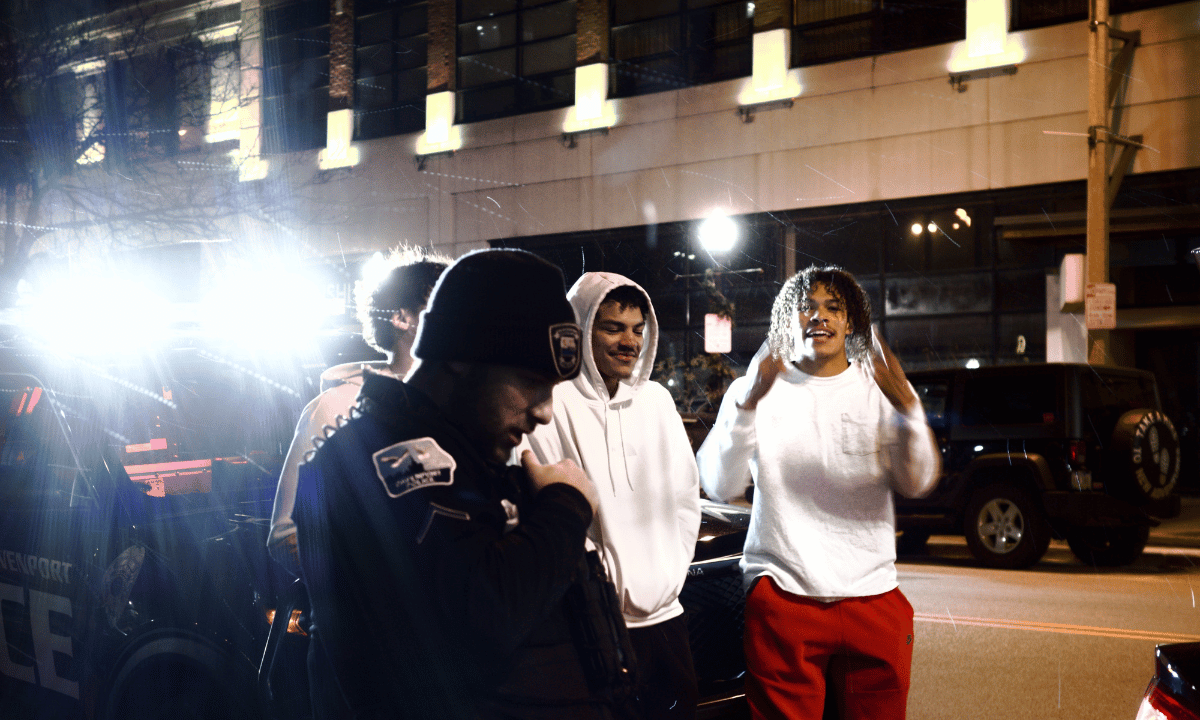The role of police in many American communities extends far beyond criminal law enforcement. Functioning as what some courts have dubbed “community caretakers,” police also often serve as first responders for a variety of non-criminal incidents, such as taking care of the unhoused, enforcing inspection and other regulatory regimes, and intervening in mental health crises, the latter of which involve from 10 to 20% of 911 calls.
In some well-publicized instances, those responses have led to tragic ends. Daniel Prude was killed by officers after he was found wandering the street naked and babbling. Mario Woods, reported to police for slashing someone with a knife and behaving erratically, was shot 20 times after limping away from officers. Responding to a call about a woman hacking a tree with a knife, an officer shot Amy Hughes while standing 6 feet away from her roommate.
“Perhaps the police were not to blame in the case of Woods or Hughes, who both had weapons,” says Christopher Slobogin, a criminal law expert and author of Rehabilitating Criminal Justice. “The question remains whether cops should have been first responders in these cases.”
While a number of communities have invested in Crisis Intervention Teams (CITs) that may include mental health professionals, studies have shown that CITs do not significantly decrease the number of people killed or injured by the police. Slobogin points out that other communities have relied entirely on civilian organizations as first responders, which are much less likely to result in harm.
Rethinking the Police’s “Community Caretaker” role via Caniglia v. Storm
In Chapter 2 of Rehabilitating Criminal Justice, Slobogin devotes a chapter of his book to interpreting the “community caretaker” exception to the Fourth Amendment through several Supreme Court cases. His central focus is Caniglia v. Storm, which involved a seizure of guns from the home of a man experiencing serious mental problems.
The Court rejected the notion of a “freestanding” caretaker exception in connection with home entries; Slobogin believes the concurring opinions advocate for rejecting it in any setting. Doing so would require a showing that police were a necessary component of the government’s response to caretaking situations and thus limit their role in cases involving people with mental illness.
That requirement would also affect analysis of the many situations in which police take on other roles better reserved for unarmed regulatory officials, which have been dubbed “special needs” situations by the courts. “Caniglia’s concern about an overly expansive community caretaking exception resonates with similar criticisms aimed at the elastic nature of the Court’s special needs cases,” he writes. “Some finetuning is needed here as well.”
Slobogin also outlines how the Caniglia decision could be applied to police caretaking in the home, using precedent from other cases to better define “exigent circumstances,” like emergencies, to create guardrails for police behavior. He points out the risk that the current regime may incentivize police looking for evidence of crime to use the caretaker exception as an excuse to enter homes when probable cause is lacking, underscoring the need to revisit how the law thinks about caretaking responsibilities.
“An expansive interpretation of Caniglia v. Strom’s rejection of a freestanding caretaker exception would help curb both police misuse of force and police use of pretexts to pursue illegitimate agendas, because it would limit police-initiated searches and seizures purporting to be for benign purposes,” he concludes.
“Outside of real emergencies, perhaps the last thing we want police to do is function as ‘caretakers’ of the community.”
Rehabilitating Criminal Justice, published by Cambridge University Press, publishes in March and is currently available for pre-order.

